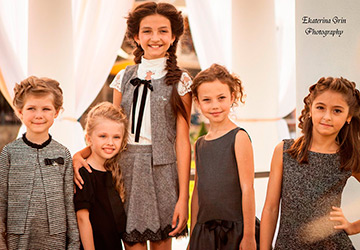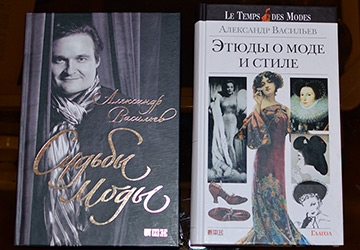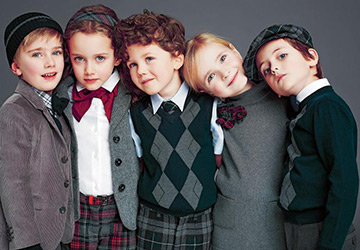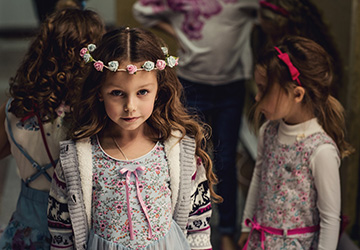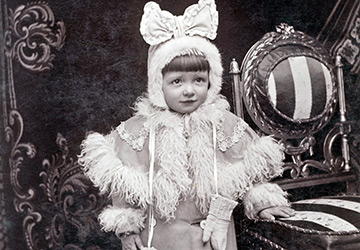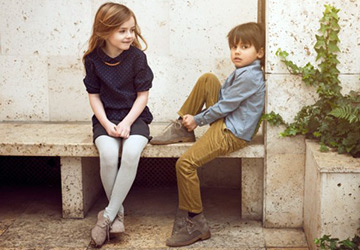News from mystyle.decorexpro.com/en/
Book - Children's Fashion of the Russian Empire
As you know, photography appeared in Russia in the late 1850s during the reign of Emperor Alexander II. And how much those small finds that have been preserved mean a lot, because we use them to open the pages of the past of our Motherland, our loved ones, we touch the time in which respect for true values was brought up in children.
Opening the book-album of photographs by Alexander Vasiliev - "Children's Fashion of the Russian Empire", you look into the historical past of our country. These old photographs capture the spirit of the time, which depicts cute children of different ages, and many of them show entire families, headed by their parents. The photos show the family atmosphere, the care of the parents. Children are depicted with toys or pets. They are dressed neatly and neatly, and most of them are smartly dressed.
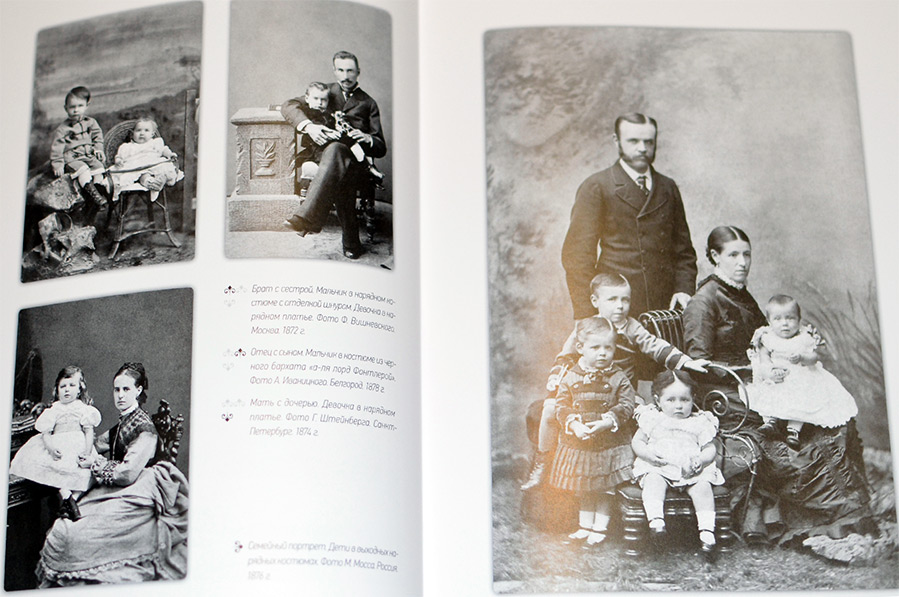
Not only the clothes of adults, but also of children required many hours of painstaking and mostly manual labor. Elegant clothes were created for weeks and even months, and therefore they were appreciated and knew how to wear. Look at the numerous frills and embroideries, how much work was put into them, with what love and taste it was created. In some photographs, children are depicted with their nurses, who are most often dressed in Russian national costumes, with embroidery and lace.
Children were also dressed not only in secular, fashionable at that time, costumes, but also in Russian national costumes. Especially the Russian style began to spread during the reign of Alexander III - army women made of sheepskin, kosovorotki with embroidery, belted with a belt, Russian sundresses with blouses, kokoshniks embroidered with beads and pearls. Children's clothes were often decorated with cross-stitching, Vologda and Yelets lace were used.
Boys were dressed in sailor suits and peakless caps with naval ribbons, velvet jackets, overcoats, which were worn not only in the gymnasium, but were also on kids 4-6 years old. The uniform in Russia had honor and respect, depending on the type of activity, it differed. The military uniform was the most respected. The Russian army was distinguished by an incomparably high morale. From an early age, children were brought up to love their Fatherland and serve it faithfully.
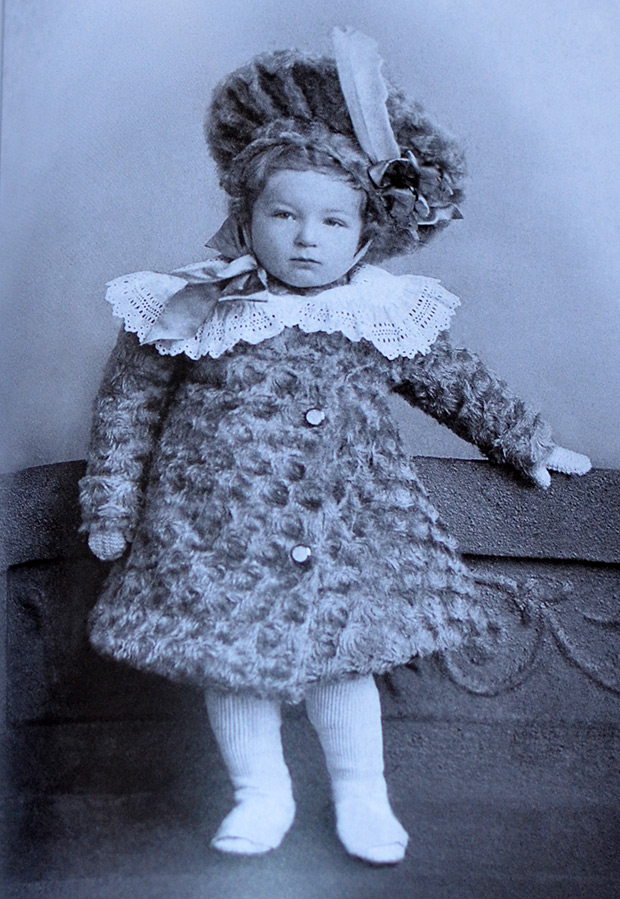
Girls wore fur coats or plush coats with fur trim, sailor-style dresses, fancy dresses with embroidery and lace. The photographs show how popular the white Mstera satin stitch and English sewing were. The girls' favorite accessories were small embroidered reticules, where handkerchiefs were put.
Girls in noble families were required to monitor their figure and posture. Physical effeminacy was discouraged. Anna Kern, to whom Pushkin dedicated one of his best poems "I remember a wonderful moment ...", recalled that they were taken as children for a walk, no matter what the weather, and the governess forced her to lie on the floor so that her back was straight. It is the duty of a woman, a Russian noblewoman, to arrange and maintain her family home.
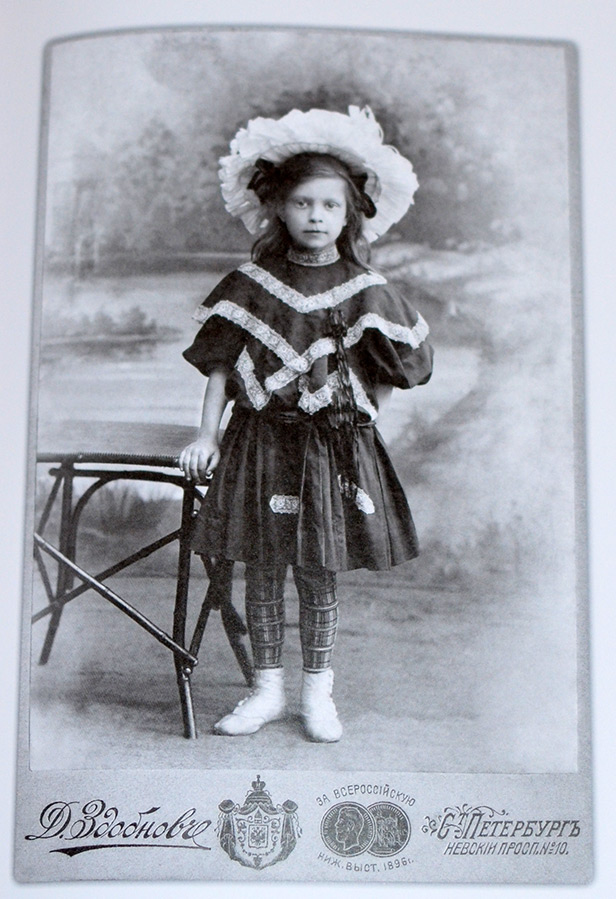
In the photographs you can see various children's outfits, and many, many interesting cute little things that accompanied little fashionistas.
Looking at the album from the collected photographs by A. Vasiliev, you feel not only cognitive interest and the formation of taste, but also that family atmosphere of friendliness, that positive attitude that is conveyed through photographs.
And all, probably because the children were instilled in high moral laws. Here is an example from a letter from Princess Evdokia Meshcherskaya, nee Tyutcheva (aunt of the famous poet), who writes to her daughter - “to love the Creator cordially, to adhere steadily to our Christian law and to love our Fatherland and the supreme power”.
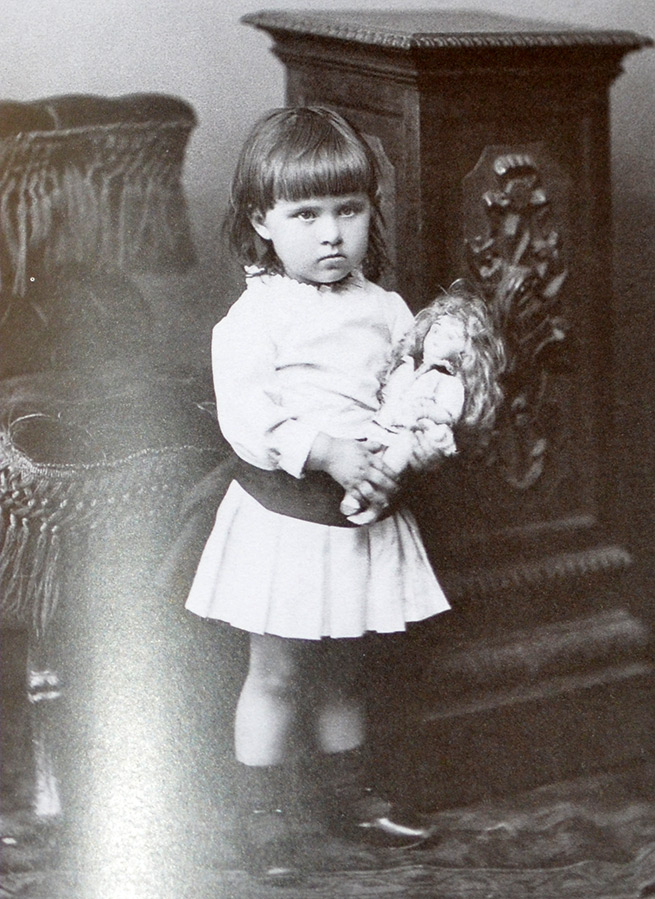
Comments and Reviews
Add a comment
Rating news
Shades of clothing that make women look younger
What shades of hair make women younger: rules and photos
Funny wedding dresses - photos and ideas
12 most expensive down jackets for the winter
How to look 25 at 40: tips from supermodels
Beautiful schoolgirls
Anti-aging haircuts and hairstyles for women
Fashionable skirts for autumn and winter
Fashionable women's trousers for the cold season
Fashionable and stylish sandals for summer 2024
Spring-summer 2024
 Fashionable dresses and tops with thin spaghetti straps
Fashionable dresses and tops with thin spaghetti straps
 Bandana tops: how to wear stylishly and beautifully
Bandana tops: how to wear stylishly and beautifully
 How to put together the perfect men's wardrobe for the summer
How to put together the perfect men's wardrobe for the summer
 Fashionable shorts for spring-summer 2024
Fashionable shorts for spring-summer 2024
 Fashionable skirts for spring-summer 2024: a guide to online shopping
Fashionable skirts for spring-summer 2024: a guide to online shopping
 The most fashionable dresses spring-summer 2024: styles and colors
The most fashionable dresses spring-summer 2024: styles and colors
 Fashionable total look 2024: ideas of images and trends
Fashionable total look 2024: ideas of images and trends
